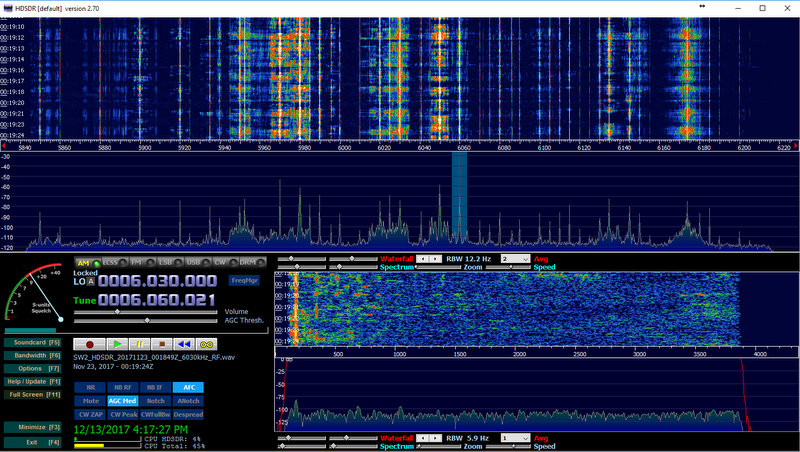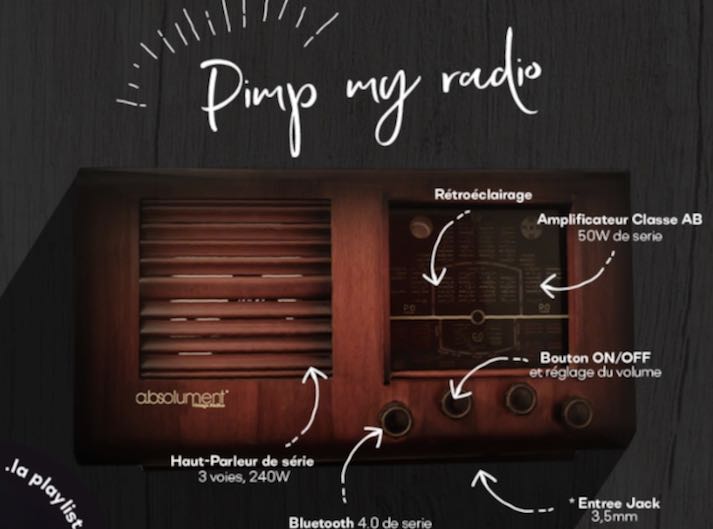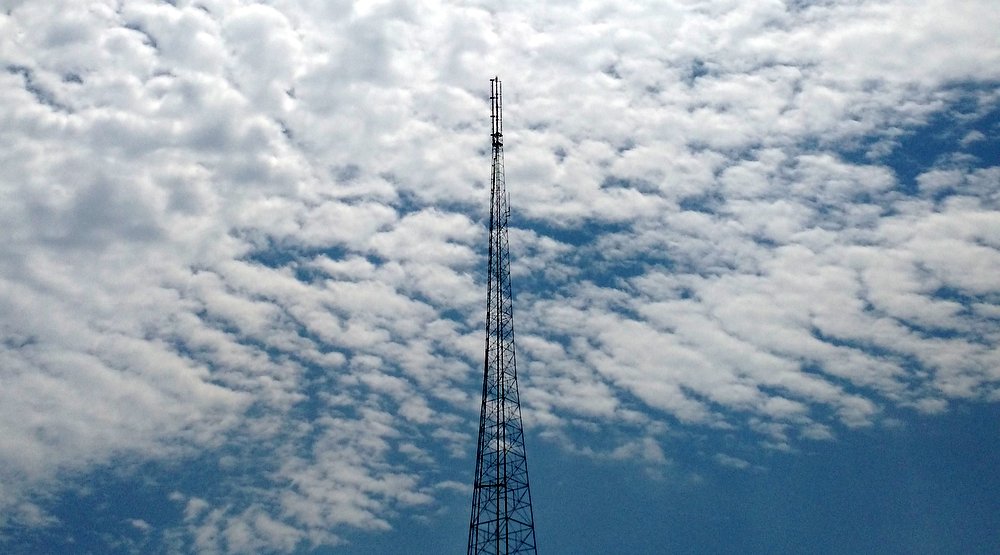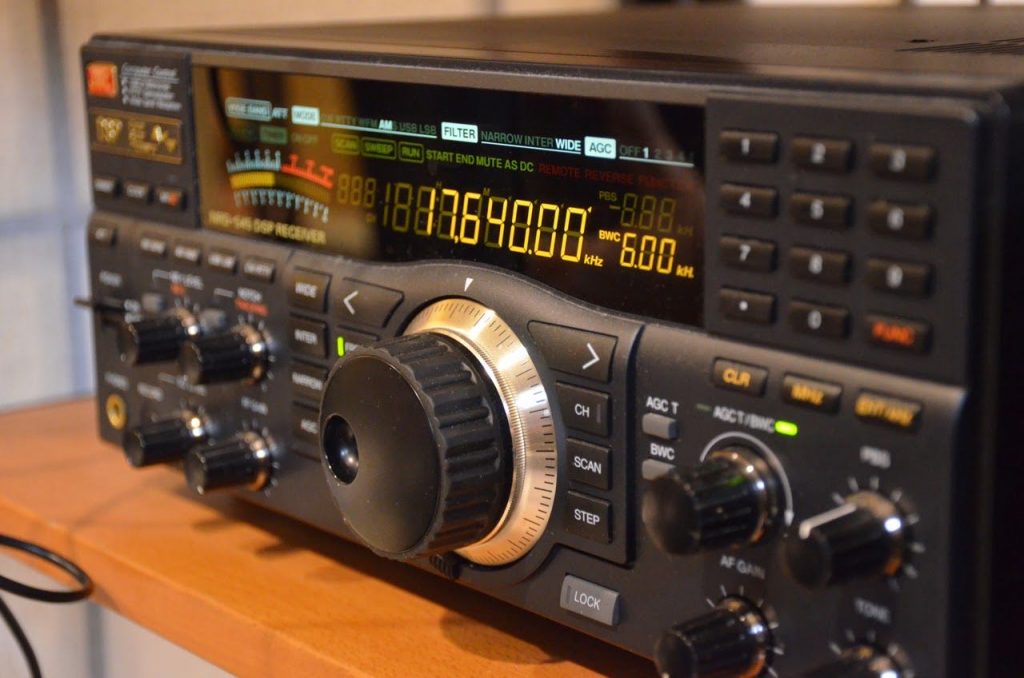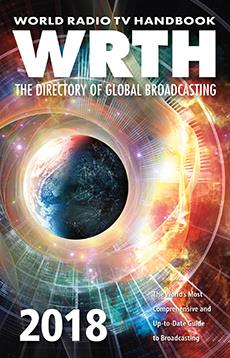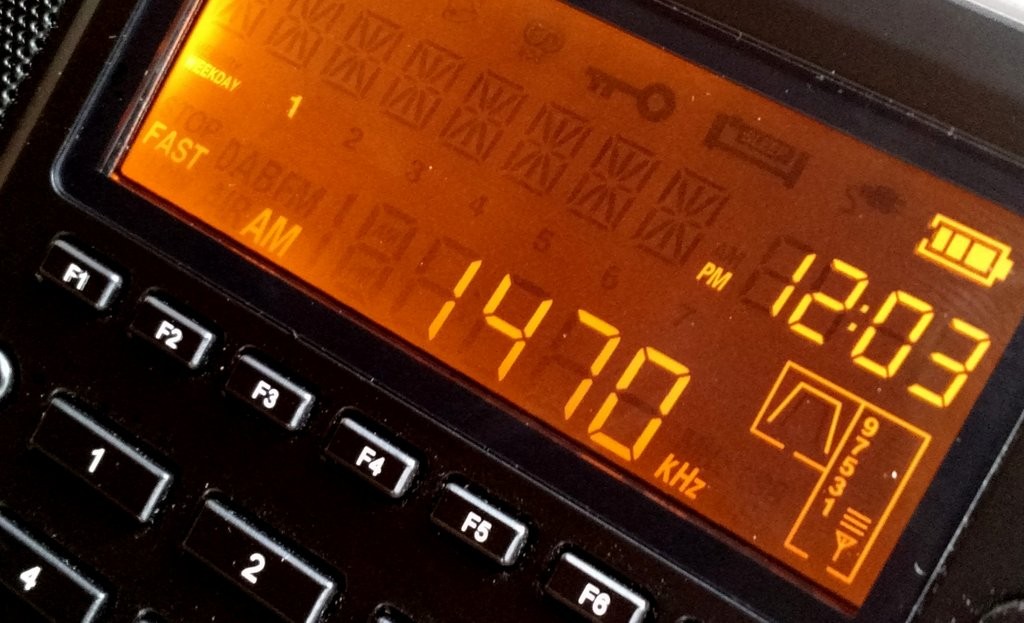Many thanks to SWLing Post contributor, Don Moore, who writes:
I’ve been traveling through northern Peru and I’ve made some SDR recordings along the way – medium wave, long wave, and some shortwave meter bands. I hope to eventually get through them all!
I have also uploaded some recordings to a shared Google drive so that other DXers can hear what the bands sound like in northeastern Peru, on the edge of the Amazon jungle. Maybe some of the blog readers would be interested in this. You will need the below link to see the SDR files and an explanatory document. I plan to add a few more once I get another hotel with a good Internet connection again.
Fantastic, Don! Thank you for sharing your spectrum recordings!
Post readers: If you don’t already have HDSDR installed on your PC, you’ll need to grab it here. HDSDR is free and can playback these spectrum recordings. Once installed, simply press the “play” button on the HDSDR console and point HDSDR to the downloaded spectrum file. You’ll be tuning through Peruvian spectrum in no time!
Also, check out Don Moore’s excellent blog: http://www.donmooredxer.com

